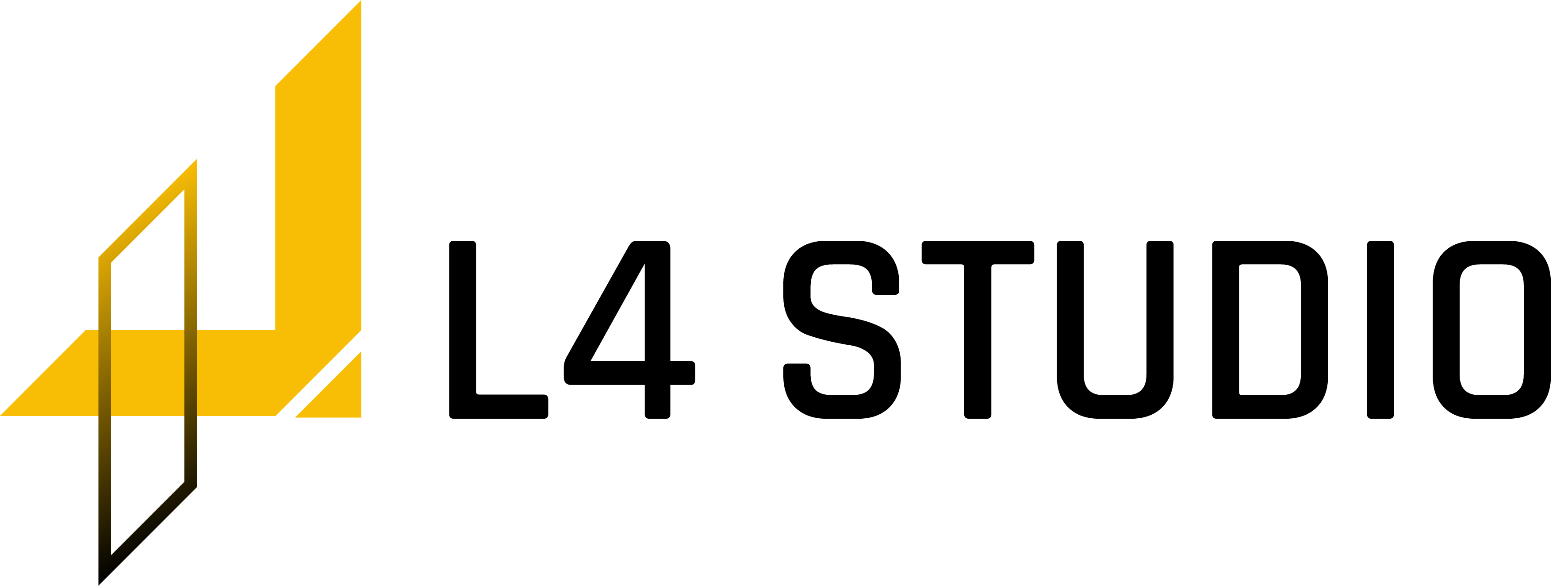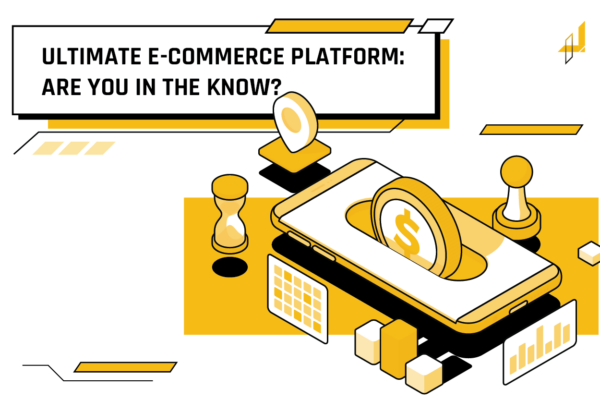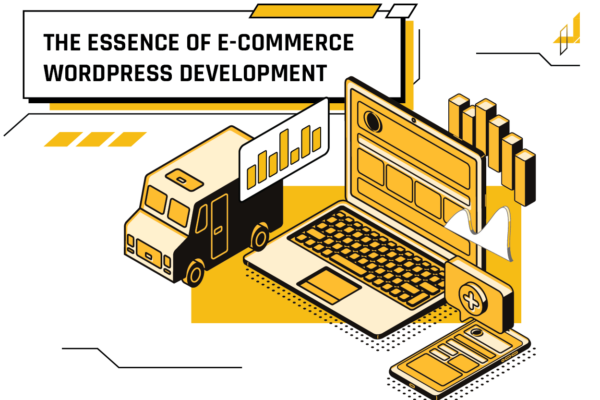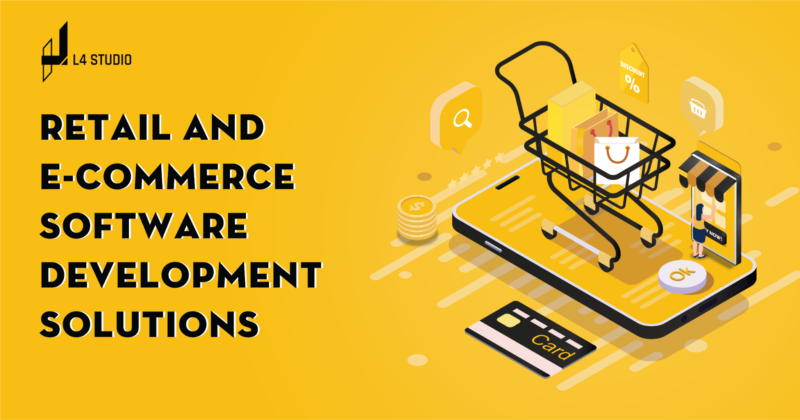
Introducing retail software development in Ho Chi Minh city
Through the digital age, retail stores need to convey ultimate client experiences to keep competitive. It is very vital to control all shop processes and automate a wide range of manual systems better. In this post, you will gain a deeper insight into retail software development in Ho Chi Minh city.
1. Kinds of retail software development in Ho Chi Minh city
Retail software consists of different digital ways which stimulate retailers to control and automate in-store or out-store processes. Such ways might provide a particular feature for the retail branch or industry-specific attributes like clothing shops.
1.1 Payment processing software
This kind of retail software can connect more shops with payment systems. Its feature like
– Ensure storage of client payment records
– Adjustable invoice creation.
– Bank reconciliation.
1.2 Inventory control software
Inventory software systems can manage warehouse stocks and automate other processes. Here are the typical examples
– Auto synchronization of stock with more orders permits for stable inventories’ updating.
– Auto invoicing can save a lot of time and makes cost formation and revenue transparency.
– Auto expiry tracking can remove problems of conveying goods of inferior quality to clients, thus boosting client satisfaction.
1.3 E-commerce platforms
The need for selling products is developing and a lot of retailers get to be involved in the e-commerce field. It is why online retail platforms are becoming popular
Primary attributes of e-Commerce solutions such as
– Search options and filters
– Shopping cart
– Inventory control
– Client control
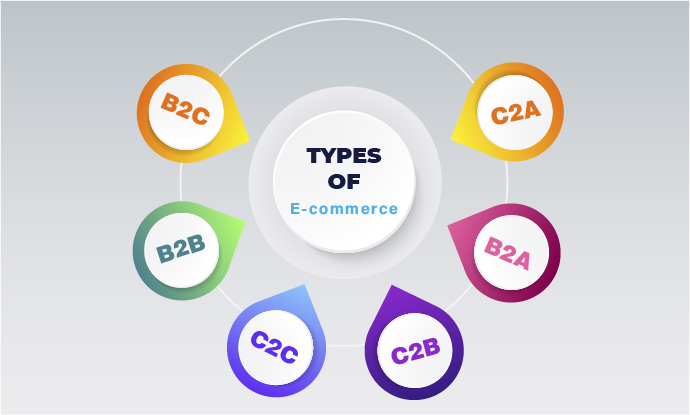
Figure 1. Types of e-commerce
1.4 RETAIL MANAGEMENT SOFTWARE
They are sophisticated digital retail systems that incorporate a number of tools for managing business operations.
- One retail management solution offers a variety of services, including:
- Inventory management
- Invoicing and billing
- Customer relationship management (CRM)
- Marketing management
- Stock verification
- Data analysis and report generation.
Implementing retail store management software, business owners automate numerous processes and get a single source of truth that delivers transparent and relevant information about finance, products and customers.
1.5 POINT OF SALE (POS) SOFTWARE
Retail POS systems are used in physical establishments to perform in-person sales. They are made up of hardware (tablets, laptops, cash registers, and barcode scanners) and software.
Point-of-sale systems integrate processes including accounting, inventory management, discount, layaway, and return administration.
The types of point-of-sale software vary according on the hardware they use:
- Mobile POS systems make it possible to move about and conduct transactions while on the go. These may be utilized by couriers and often operate on smartphones and tablets.
- Computers in stores have desktop POS systems installed. They are often more robust and thorough.
- Fast food businesses are big fans of the POS system known as self-service kiosks. These make it possible for customers to place orders and pay for them without help from cashiers. These approaches shorten wait times, do away with lines, and potentially raise average check sizes.
2. ADVANTAGES OF RETAIL SOFTWARE DEVELOPMENT IN HO CHI MINH CITY
The market for retail software development in Ho Chi Minh city is expanding, and over a billion dollars are predicted to be added to the sector over the next five years.
Increased earnings, lower expenses, and a larger market share are all advantages of retail sales. Yet there are several more advantages for companies with a retail focus.
2.1 PERSONALIZED FEATURES
Retailers can design software that replicates the appearance and atmosphere of their actual shop. Customers will find it simpler to shop online as a result, which will encourage them to purchase goods through your website rather than an external marketplace listing. Projects can be finished by an external team considerably more quickly than by an internal team. They have more access to resources, knowledge, and experience as a result.
2.2 ENHANCED CLIENT SATISFACTION
Customers will locate what they’re seeking for more easily and be able to finish the transaction with less difficulty if a smart ecommerce shop or website is implemented. You’ll be able to track consumer behavior and create leads for potential purchases in the future.
It is no secret that consumers are increasingly trying to find methods to purchase online rather than in actual stores. As individuals get more accustomed to technology and knowledgeable about how their purchases function, this trend will only intensify. Customers can now compare businesses and get what they want without having to walk into a store or wait on hold when placing a phone purchase because there are so many alternatives accessible.
2.3 ENHANCED SALES
To boost sales, many merchants use retail software. After making an investment in the creation of the internet business, they can almost immediately begin to witness returns. Because the software development may be tailored to each retailer’s requirements, each firm will have a different online shopping experience. With this system in place, businesses may more easily analyze customer behavior and determine how to enhance current practices or introduce new ones in light of what customers value most about particular products or services provided by other businesses in their sector or category.
2.4 REDUCED COSTS
Because they are not compelled to have a physical storefront, ecommerce platforms demand less capital than traditional shops. Alternatively, they may be totally built up online and hosted on servers utilizing cloud computing. They have a broad range of locations and provide great price, delivery choices, and inventory management flexibility. Also, this eliminates the need for pricey shops in malls or other retail sites, which over time lowers prices overall dramatically.
3. Basic hints to making software for retail
Have you seen that this kind of solution might simplify your task? If so, it is about time you study how to make software for retail.
3.1 Selecting the suitable vendor
The choice of a reliable software supplier is a crucial and difficult process. Spend some time carefully considering your decision. Your decision will affect how smoothly the deployment will go and how favorably a future system will affect the efficiency of your company.
The major suggestion is to select suppliers who focus on the retail sector because:
- Minor software modification will be required;
- Unlike databases for other sectors, which differ greatly and need to be molded or created from scratch, you will receive a ready-to-use database;
- A lot of misunderstandings will be avoided because you and your vendor will speak the same language;
- You’ll be able to get reliable testimonials from rival businesses and benefit from their expertise.
Choosing between cloud and on-premise hosting is a further consideration. The demands and finances of your business should be your guidance because the system may be installed anyplace.

Figure 2. Choosing a suitable vendor is very important
3.2 CLOUD VS ON-PREMISE HOSTING
Depending on the objectives of your organization and your budget, retail software may be cloud-based or installed locally. You deploy on-premise solutions on your personal servers. So, you will want IT professionals to assist and manage your systems in the event of problems, updates, and downtime. All you need for SaaS or cloud-based retail software is a dependable Internet connection.
3.3 Planning and budgeting
The following step is to talk with the primary attributes your system might contain and make a specific plan. Take into consideration whether you want an omnichannel solution, what features it can do, and what third-party systems you can love to integrate. You might either select the out-of-the-box solution or determine on development.

Figure 3. Planning and budgeting process takes businesses to the next level
3.4 DEVELOPMENT AND IMPLEMENTATION
It is obvious that the installation of ready-made solutions requires significantly less time than bespoke creation.
In any event, during the implementation phase, your business will experience major cultural and technological changes. Thus, it is crucial to:
- Form an internal team of qualified professionals with the necessary experience to take part in the implementation;
- Give the necessary training, explain the new system’s advantages, and get the personnel ready for it;
- Conduct data cleaning (make determinations concerning documents and other items in your legacy system; eliminate inactive accounts and records that have not been processed for years to simplify the migration).
This stage can take anything from a few months to more than a year, depending on the specifics of the organization.
3.5 Testing
The control system is great and requests control and testing. Other organizations adhere to keep going, so the process might occur at once with the integration. You can get prepared to deal with a lot of problems and make more customizations. The primary target of the last testing is to simulate the business’ lifecycle with go-live processes.
3.6 Maintenance
An effectively executed system wants more assistance and maintenance. This might be offered by the software provider or by your engineering experts.
3. Final thoughts
Retail software development is one of the core competencies of SaM solutions. Thanks to our high experience in boosting retail, and e-Commerce systems, our organization could be your trustworthy partner and make you the front-runner for the retail branch. If you need our assistance involved in Retail software development in Ho Chi Minh city, please keep in contact with us through the comment box below.
Sources: Internet
——————————-
L4 STUDIO – LEADING SOFTWARE DEVELOPMENT COMPANY IN VIETNAM
Website: https://l4studio.net/
Email: hi@l4studio.net
Phone: (+84) 28 6675 6685
Our Retail Software Development Services: https://l4studio.net/retail-software-development-services/
For more interesting blogs: https://l4studio.net/it-knowledge/
Follow us at: https://www.facebook.com/L4Studiovn/
Read more: TOP 5 TRENDS IN FINTECH SOFTWARE OUTSOURCING FOR YOUR BUSINESS
